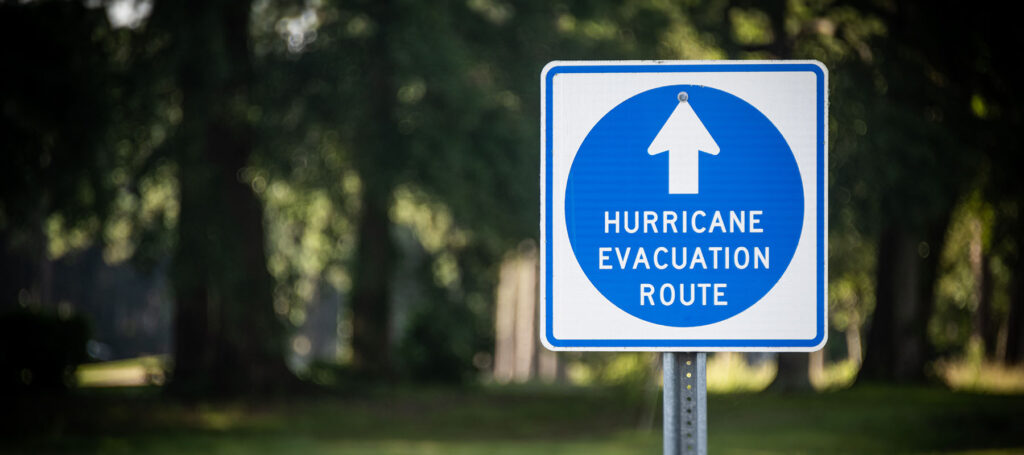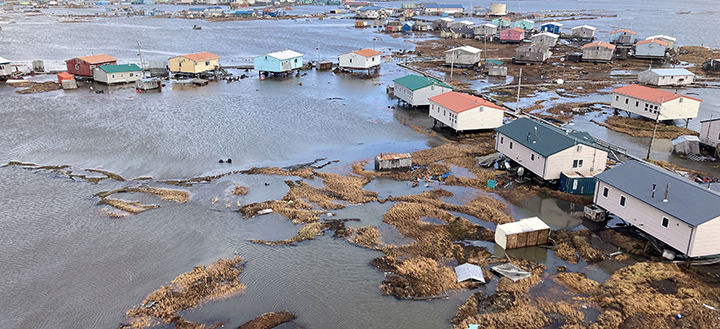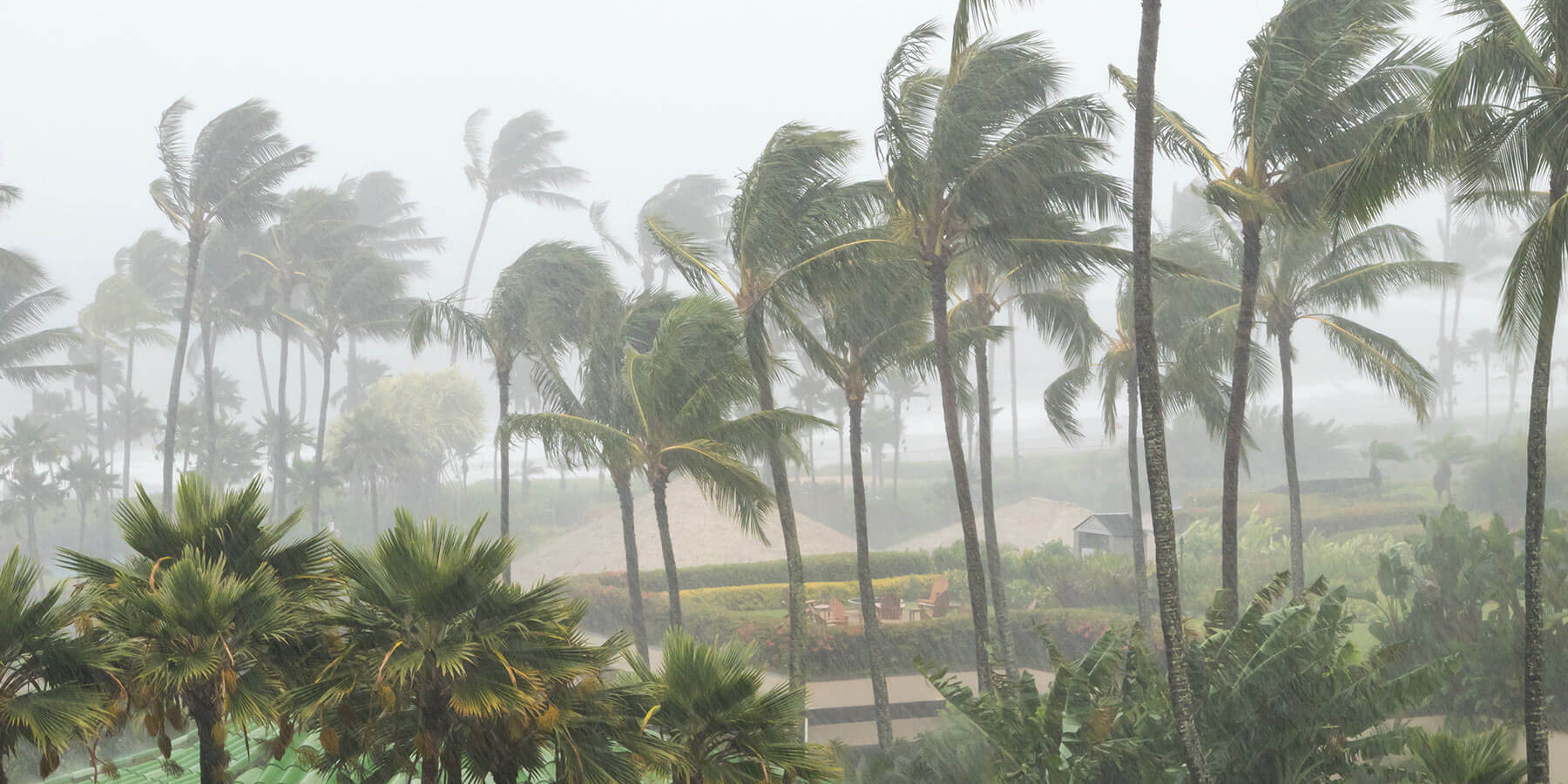Last Updates for Hurricane Rafael:
Updated 11/06/2024 at 10:30 am ET
- Current Status: Hurricane Rafael has maximum sustained winds of 110 mph and is expected to strengthen further before making landfall in Cuba later today.
- Movement: Rafael is moving northwest at 14 mph and will enter the southeastern Gulf of Mexico tonight.
- Hurricane Warning: A Tropical Storm Warning is in effect for the Lower and Middle Florida Keys from Key West to west of the Channel 5 Bridge, as well as the Dry Tortugas.
- Storm Surge Warning: Minor storm surge is expected, with water levels potentially reaching 1 to 3 feet in the Dry Tortugas and 1 to 2 feet in the Lower Florida Keys.
- Rainfall Forecast: The Lower and Middle Florida Keys may receive 1 to 3 inches of rain, which could lead to flash flooding.
As the 2024 hurricane season continues, meteorologists and residents alike are on high alert for signs of tropical activity that could escalate into severe weather. One system capturing attention is the formation of Hurricane Rafael. Now that it’s formed, it’s important to understand the conditions that lead to its development and the potential impacts for community preparedness.
Below we’ll explore the dynamic of tropical storm and hurricane formation, examine the current meteorological data, and discuss community preparedness strategies.
Understanding How Tropical Storm Rafael Formed Into Hurricane Rafael
Conditions for Storm Formation
Tropical cyclones, which include both tropical storms and hurricanes, require specific conditions to form. These conditions typically include warm ocean waters, generally above about 26.5°C (80°F), which provide the energy needed for a storm to develop. Atmospheric moisture and favorable wind patterns also play a crucial role. Low vertical wind shear is necessary to allow the storm’s structure to remain intact, while a pre-existing disturbance, such as a tropical wave, often serves as the initial seed for development.
The combination of these elements leads to the formation of thunderstorms, which, if they cluster and organize, can develop into a tropical depression. With further strengthening, Tropical Storm Rafael then escalated into Hurricane Rafael.
Tropical Storms vs. Hurricanes
A tropical storm is characterized by sustained wind speeds of 39 to 73 mph. These systems can produce significant rainfall and cause localized flooding, particularly in vulnerable regions.
When wind speeds exceed 74 mph, the system is classified as a hurricane. Hurricanes are further categorized into five levels on the Saffir-Simpson scale, based on their wind speed and potential damage. The increased intensity of hurricanes poses greater threats, including storm surges, extensive flooding, and structural damage.
Tracking the Development of Tropical Storm Rafael/Hurricane Rafael
Meteorological Data and Forecasts
Meteorologists employ an array of tools and models to predict the formation and trajectory of tropical cyclones like Tropical Storm Rafael. Satellite imagery provides real-time data on atmospheric conditions, while computer models simulate possible scenarios based on various inputs. Forecasting the exact path and intensity remains challenging due to the dynamic nature of weather systems.
The Role of Spaghetti Models
“A picture is worth a thousand words” remains true in the context of storm prediction models, especially spaghetti models. These visual representations show the potential paths a storm could take, based on different computer models. By comparing multiple model outputs, meteorologists can better gauge the range of possibilities for a storm’s movement. While spaghetti models provide a spectrum of potential trajectories, they are not predictive on their own and must be considered alongside other data.
Preparing for the Potential Impact of Rafael
Community Response and Support
In anticipation of a storm like Rafael, communities and governments play a crucial role in ensuring public safety. Local authorities often implement evacuation plans and designate emergency shelters to accommodate displaced residents. Public service announcements and alerts provide timely information, urging individuals to take necessary precautions.
Governments at various levels coordinate resources and support to aid communities before, during, and after a storm. The Federal Emergency Management Agency (FEMA) and local emergency services collaborate to deliver assistance and facilitate recovery efforts.
Individual Preparedness Steps
Personal preparedness is equally important in minimizing the impact of storms. Residents in potentially affected areas should create emergency kits containing essentials such as water, non-perishable food, medications, and important documents. Establishing a family communication plan ensures everyone knows how to stay connected during an emergency.
Securing property by reinforcing windows, doors, and roofs can prevent damage. Those in flood-prone regions should elevate valuable items and consider flood insurance. Staying informed through reliable sources and adhering to official advisories is also crucial for staying safe.
Frequently Asked Questions
- What are the key conditions for a storm to develop into a hurricane?
- Warm ocean waters, sufficient atmospheric moisture, low vertical wind shear, and a pre-existing disturbance are needed for tropical cyclone development.
- How do tropical storms differ from hurricanes?
- Tropical storms have sustained wind speeds of 39 to 73 mph, while hurricanes exceed 74 mph and are categorized based on intensity.
- How do meteorologists predict tropical storms?
- They use satellite imagery, computer models, and data from agencies like the National Hurricane Center to forecast storm development and trajectory.
- What role do spaghetti models play in storm tracking?
- Spaghetti models visualize potential storm paths based on different computer models, offering a range of possibilities for a storm’s movement.
- What should communities do to prepare for Tropical Storm Rafael?
- Communities should implement evacuation plans, designate emergency shelters, and provide public service announcements for timely information.
- How can individuals prepare for a storm like Rafael?
- Personal preparedness includes creating emergency kits, establishing communication plans, and securing property against potential damage.
- What number is Tropical Storm/Hurricane Rafael in the named storms list for this season?
- Rafael is the 17th named storm in this season’s list of Atlantic tropical storms and hurricanes.
- What is the name of the storm following Rafael on this season’s list?
- The named storm on the 2024 hurricane season list after Rafael is Sara.
Staying Prepared for Tropical Storm/Hurricane Rafael
Understanding the dynamics of storm formation and preparedness is important for communities and individuals alike. The combination of meteorological expertise and community readiness is a defense against the unpredictable nature of storms.
By staying informed and taking proactive measures, individuals can protect themselves, their families, and their properties from potential impacts. For more tips and information on hurricane and tropical storm preparedness, visit our Hurricane Resource Center.



